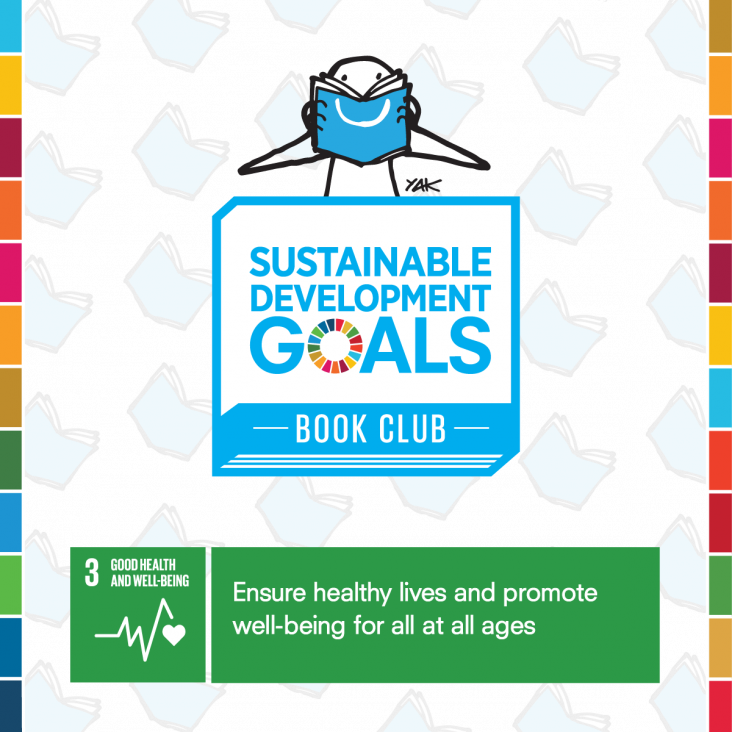This chapter supports SDGs 3, 5 and 16 by examining domestic homicides in rural communities, providing insights into their prevalence, risk factors, case studies, and prevention.
This chapter supports SDGs 3, 5 and 16 by analyzing violence and homicide in a workplace setting, reviewing impact and case studies, and offering recommendations and potential approaches to prevention.

Now that the New Year’s confetti has been cleared away, it’s time for employers to consider making resolutions to improve their workplaces. Here are 10 resolutions employers should consider making for 2020, which in turn will help advance SDG 3 (good health and well being), SDG 8 (decent work and economic growth) and SDG 10 (reduced inequalities).
In this 60-minute webinar, Beth Zoller, XpertHR Legal Editor and former practicing employment attorney, provides insight into the top strategic and compliance HR challenges for 2020.Top strategic issues include recruiting and hiring, workforce planning, and employee benefits. Zoller also discusses compliance challenges such as employee leaves, drug testing and data security in this fast-paced webinar. Topics covered support SDG 3 (good health and well being), SDG 5 (gender equality), SDG 8 (decent work and economic growth) and SDG 10 (reduced inequalities).
This chapter advances SDGs 3, 5 and 16 by offering a call to action to everybody to understand domestic abuse, impacts and factors involved, and psychological needs.

Advancing SDG 3 (good health and wellbeing) and SDG 8 (decent work and economic growth), this XpertHR blog post discusses the steps an employer can take to prepare for a hurricane, protect employees, and keep the business running in the event of a storm.

Advancing SDG 3 (good health and well being) and SDG 8 (decent work and economic growth), this XpertHR blog post discusses the measures employers can take to better prepare for the risk of an active shooter event in the workplace.

RELX, a global provider of information-based analytics and decision tools for professional and business customers, has announced the winners of the 2019 RELX Environmental Challenge. The Challenge supports innovative solutions to improve SDG 6 (clean water and sanitation).

The #SDGBookClub helps children learn about the Sustainable Development Goals. The book club presents a selection of books for children aged 5-12 on each of the goals. Check out the books that have been selected in support of Goal 3 - Good Health and Wellbeing.
A civil engineer/cyclist helps his research team understand challenges faced by cyclists with disabilities. This article links to SDGs 3 and 10.
